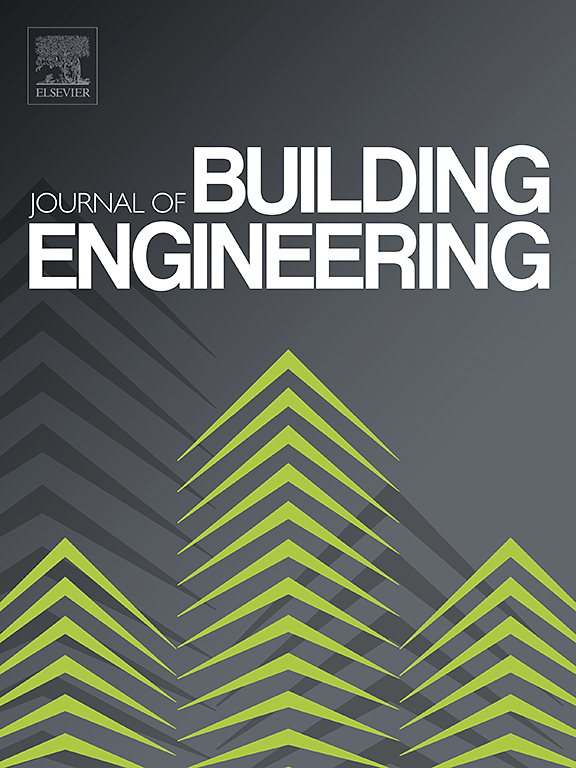Mechanical characteristics and constitutive model of cemented tailings backfill under temperature-time effects
IF 6.7
2区 工程技术
Q1 CONSTRUCTION & BUILDING TECHNOLOGY
引用次数: 0
Abstract
The increase in original rock temperature during the deep metal mine backfill mining process significantly impacts the mechanical properties of cemented tailings backfill (CTB). Uniaxial compression experiments were conducted under various curing temperatures and times, analyzing their mechanical characteristics based on strain energy. The experimental results indicate that the mechanical properties of CTB are significantly affected by temperature. The uniaxial compressive strength (UCS) follows a quadratic trend, initially increasing and then decreasing as the curing temperature changes. At the curing temperature of 40 °C, the hydration reaction of CTB develops fully, the hydration products have strong compactness, and the energy absorbed when failure occurs is the largest. The CTB is divided into a solid framework and pore sections to develop a constitutive damage model using a combined macro and micro experimental approach. Polynomial functions represent the correlation between the damage model parameters and curing time and temperature, resulting in a unified temperature-time damage constitutive model. Using the secondary development platform in FLAC finite difference software, the damage constitutive model of the CTB was further developed and integrated into the software, enabling both its development and application. This customized model provides a more comprehensive representation of the overall deformation and failure mechanisms of the CTB during compression. The study can predict the strength of CTB under different curing conditions, and provide theoretical reference for the simulation research of filling mining in mines.温度-时间效应下胶结尾矿回填的力学特性和构成模型
在深部金属矿回填采矿过程中,原岩温度的升高对固结尾矿回填(CTB)的力学性能有很大影响。在不同固化温度和时间下进行了单轴压缩实验,并根据应变能分析了其力学特性。实验结果表明,固结尾矿回填土的力学特性受温度的影响很大。单轴抗压强度(UCS)呈二次曲线趋势,随着固化温度的变化先增大后减小。在 40 °C 的固化温度下,CTB 的水化反应充分,水化产物具有很强的致密性,发生破坏时吸收的能量最大。采用宏观和微观相结合的实验方法,将 CTB 划分为实体框架和孔隙部分,以建立损伤构成模型。多项式函数表示损伤模型参数与固化时间和温度之间的相关性,从而形成统一的温度-时间损伤构成模型。利用 FLAC 有限差分软件的二次开发平台,进一步开发了 CTB 的损伤构成模型,并将其集成到软件中,使其开发和应用成为可能。这一定制模型更全面地反映了 CTB 在压缩过程中的整体变形和破坏机制。该研究可预测 CTB 在不同固化条件下的强度,为矿山充填开采的模拟研究提供理论参考。
本文章由计算机程序翻译,如有差异,请以英文原文为准。
求助全文
约1分钟内获得全文
求助全文
来源期刊

Journal of building engineering
Engineering-Civil and Structural Engineering
CiteScore
10.00
自引率
12.50%
发文量
1901
审稿时长
35 days
期刊介绍:
The Journal of Building Engineering is an interdisciplinary journal that covers all aspects of science and technology concerned with the whole life cycle of the built environment; from the design phase through to construction, operation, performance, maintenance and its deterioration.
 求助内容:
求助内容: 应助结果提醒方式:
应助结果提醒方式:


